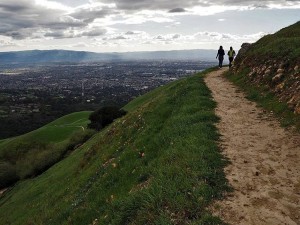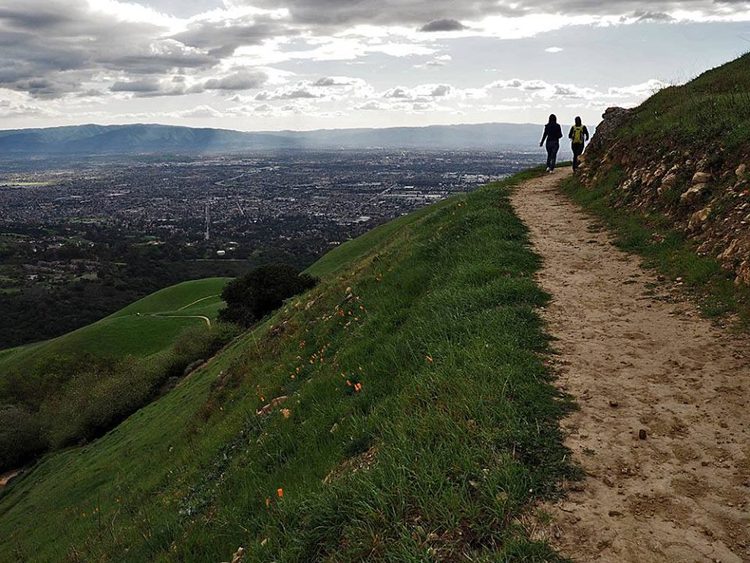 By Megan Medeiros, Executive Director
By Megan Medeiros, Executive Director
For more than 50 years, thousands of people in San Mateo and Santa Clara counties have supported Committee for Green Foothills. They want to protect the immense stretches of rural coast, remaining forests, scenic hillside vistas, farmland, flowing creeks, and open baylands. They know we do a good job of protecting these open spaces from irresponsible development and sprawl. The face and future of our region is dramatically improved because these people have believed in and supported what we do for many years.
I wonder who will support this work and continue the fight to protect local nature in the next 10, 20, and 30 years? Even though I am a millennial myself, I worry that people who weren’t around in the 1960s and 1970s may take for granted the open space we all enjoy.
Some people I talk with feel that our mission is at odds with the needs of a growing region. They often ask, “If we protect nature, where are people going to live? We need more homes.”
People who ask this question need to think bigger.
Such “gotcha” questions bother me because I’m not sure if the questioner really wants to hear that, in fact, we are not at odds.
Will they hear me when I say that we align with urban planners? Our local and regional planners understand that carefully planned urban communities with affordable housing and active transportation options, along with nearby open space, coalesces into an environment where people can live healthy and active lifestyles.
Do they want to know that I agree with my friends who advocate for housing and transportation? To create a high quality urban environment, we must concentrate growth in vibrant, walkable urban areas while protecting and investing in our greenbelt. Cities are ecological entities and there must be a balance of investment between our rural and urban landscapes. The more we invest in each, the more resilient they will be as a whole.
Regionally, we learned a very important lesson decades ago–it costs more to sprawl. Municipal services like fire, libraries, sewer, water, power, etc cost less when building compact, infill development within the existing urban footprint.
The protection of open space is not only cost effective, it fuels our economy. A 2014 report, Healthy Lands, Healthy Economies, found that the value of nature in Santa Clara County alone ranges from $1.6 to $3.9 billion annually. In short, there are environmental dividends (clean air, water supply, water quality, reduced fire risk, reduced flooding, reduced erosion, wildlife habitat, pollination, healthy food, food security, recreation, etc.) that we depend on and they are worth a lot, yet we regularly discount their value.
We live in an interconnected world; development pressures must be addressed with a comprehensive, thoughtful, systematic approach. These challenges cannot be solved if solutions are piecemealed. Through careful long range planning, we can build homes and a vibrant community for the people who live and work here while we preserve the remaining open space so important to a healthy life and a vibrant economy.
We at Committee for Green Foothills will continue to speak out strongly in defense of open space, and do all that we can to spread understanding of its importance. By partnering with our allies and working to significantly expand the local community of supporters, of open space protection along the way. If you’re not supporting this work already, I hope you will.
Post originally published as a guest post on the Namaste Foundation’s website (7/25/15): www.namaste.org/blog/protecting-local-nature-open-spaces


Leave a Reply
You must be logged in to post a comment.